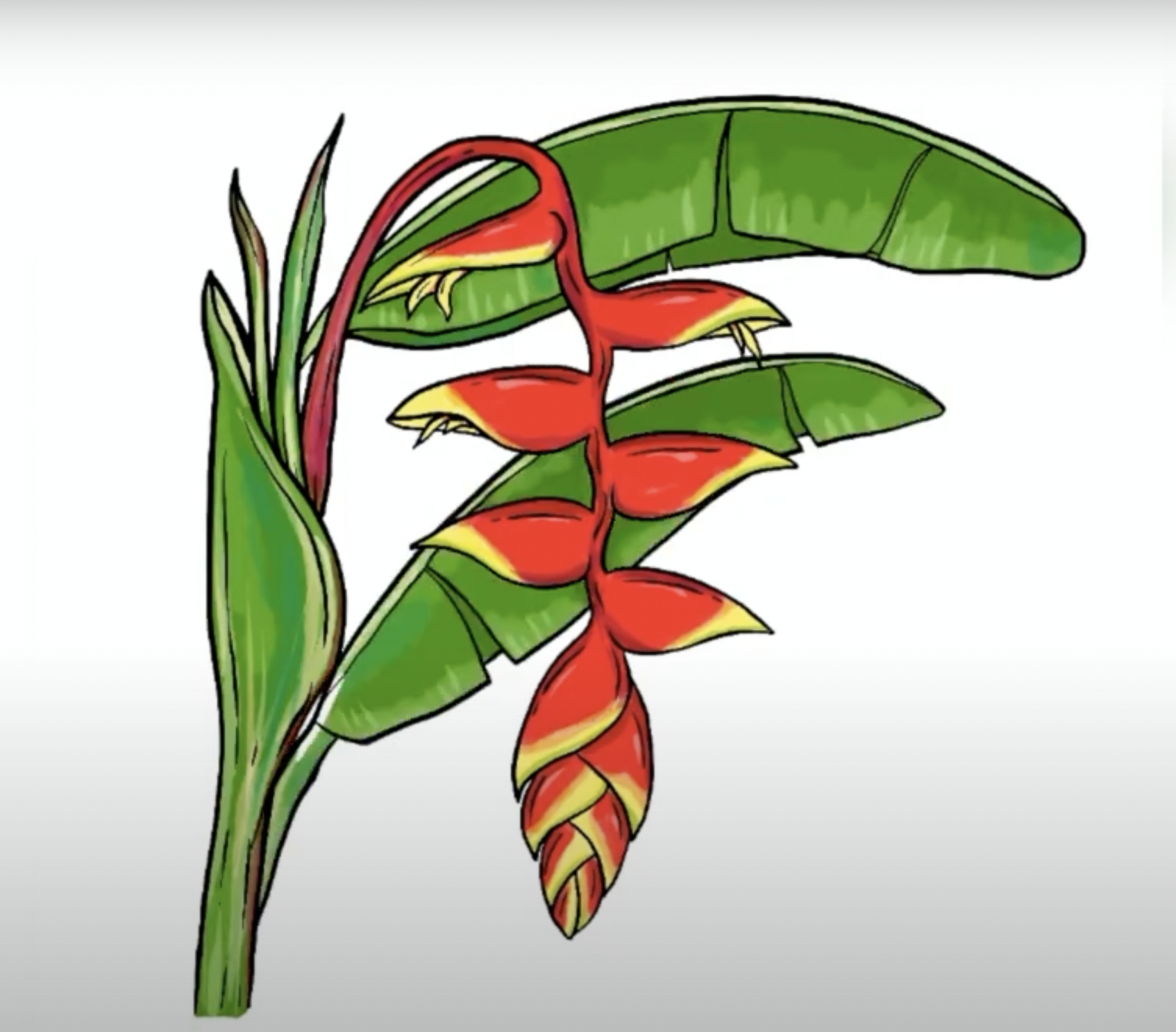On Strange Flowers and Friendship
By Safina Center Senior Fellow Kike Calvo
Kike’s book Strange Flowers is part of The Adventures of Pili series.
To learn on how to draw the strange flowers highlighted in Kike’s book, watch this video.
As a photographer, I feel attracted by flowers. They come in all sizes, colors, and shapes. And all, big and small, are simply magical creations and examples of superb adaptation and functionality. There are truly some amazingly strange flowers from around the world.
We are experiencing a biodiversity and climate change crisis. We tend to focus on big animals, but the truth is, both plants and their often small-sized pollinators need our help as they are being threatened by habitat loss, pollution, invasive species, and climate change.
I recently had the pleasure to interview Brian Boom, Ph.D., Curator Emeritus at The New York Botanical Garden, to talk about botany. My goal is to learn and be inspired by his personal and professional lessons in his four decades working for the NYBG.
¨I decided to write the foreword to your book about strange flowers as I loved the fact that it was geared to the younger audiences. I believed it would get them interested in flowers and what they do,¨ said Dr. Boom. “They will be encouraged to find these plants in nature, and learn to understand them, and to love them.”
In his foreword to my book Strange Flowers – A Coloring Book, he shared how he believed this bilingual children's book introduces some of these magnificent plants to the generation of humans that must help save these plants, their pollinators, and the web of life itself.
¨Humans value flowers for a multitude of reasons – they provide us foods and medicines, serve as symbols in our religions and rituals, and beautify natural and designed landscapes,¨ said Dr. Boom. ¨But for plant species, flowers have a single but absolutely essential value – they facilitate pollination, leading to the production of fruits and seeds, and thus future generations of the species.¨
¨Diversity of flowers’ complexity relates to the mechanisms of how particular plant species get pollinated,¨ said Dr. Boom. ¨For example, flowers such as the grasses, which get pollinated by the wind, typically have very simple flowers with no colorful parts or nectar or aromas. On the other hand, plants that are pollinated by animals have evolved floral structures, colors, and chemical substances that attract the creatures that can affect pollination in those plant species.¨
The reason to create Strange Flowers as part of the educational arsenal of The Adventures of Pili series was to provide tools for parents and teachers to focus on some very strange-looking flowers that are pollinated by animals, and in the process help kids fall in love with flowers.
¨Relationships between plants and their pollinators are fascinating,¨ explained Dr. Boom. ¨For example, flies that pollinate the Black Bat plant are called biting midges, which feed on the blood of mammals, such as bats. Flowers of the Black Bat plant actually look something like a bat in color and with “whiskers” that move in the wind. Biting midges are drawn to the plant looking for a blood meal. They have been fooled, but by the time they realize it, they have picked up pollen on their bodies. The flies then unknowingly transport the pollen to the next Black Bat flower, and their pollination mission is accomplished!¨
Since I was introduced to Dr. Boom by my beloved Dr. Lovejoy, he has been supportive of The Adventures of Pili, sharing not only his extensive knowledge about botany, but his friendship in a way only a true knight of conservation will. It is fair to say that Dr. Boom was essential in the making of my bilingual book Strange Flowers. His devotion and passion for plants made me realize the children of the world need to fall in love with plants and flowers again. And for this reason, The Adventures of Pili will continue adding books on botany as we move forward in our attempt to inspire kids to aspire.

